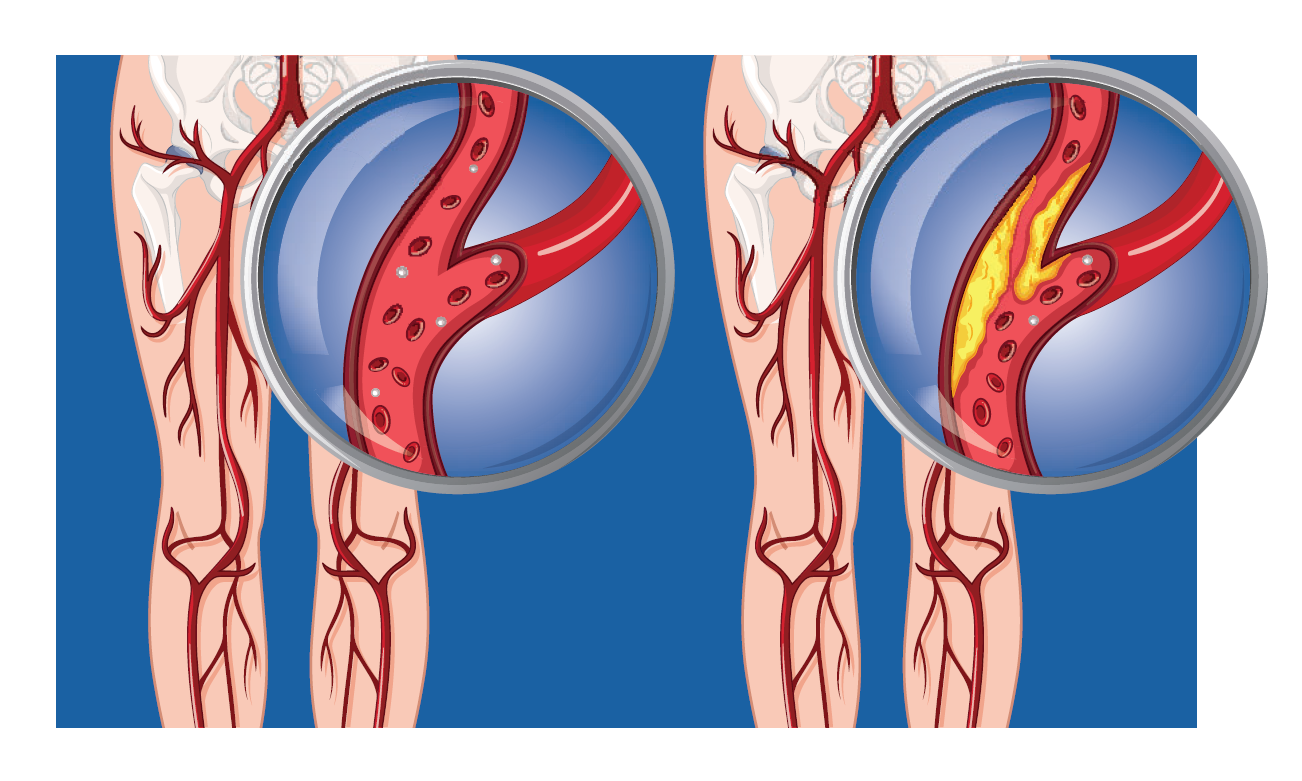Whether you travel once a year or twice a month, being properly prepared can make all the difference. You know to organize your itinerary, to pack for rainy weather, and not to leave the lights on, but what about leg health? Healthy legs are vital to a successful and fun trip. The team at St Johns Vein Center have put together some info and tips on leg health to get you prepared for your next trip!
Travelers at Risk For Blood Clots
Blood clots, also called deep vein thrombosis or DVT, can be a serious risk for long-distance travelers or anyone traveling more than four hours. Whether by car, air, train, or bus, you may be at risk. If you are sitting in a confined space for a long period of time, blood clots can form in the deep veins (veins below the surface not visible through the skin). The longer you sit still and don’t move around, the greater the risk of a blood clot developing. If a part of the blood clot breaks off and travels to the lungs, this could cause a blockage called a pulmonary embolism, which is actually life threatening.
Additional Risk Factors for Blood Clots.
Besides traveling long hours and being immobile, there are additional factors that make you more susceptible:
- if you already have varicose veins
- additional limited mobility
- recent surgery or injury, within 3 months
- pregnancy and the postpartum period (up to 6 weeks after childbirth)
- age 40 or older
- previous blood clot or a family history of blood clots
- hormone replacement therapy also known as HRT
- catheter in a large vein
- obesity (body mass index [BMI] greater than 30kg/m2)
- active cancer or recent cancer treatment

- use of estrogen-containing contraceptives such as birth control pills, rings, or patches
Recognize the Symptoms of DVT
Take a few moments to review the most common symptoms of DVT that occur in the affected part of the body, which is usually the legs for travelers:
- redness of the skin swelling of your leg or arm
- skin that is warm to the touch
- pain or tenderness that you can’t explain
Contact your doctor as soon as possible if you have any of these symptoms.
Reduce Your Risk During Travel
To reduce your risk of a blood clot forming during travel, move your legs frequently. Even if you don’t have a lot of space, you can do small movements such as exercising your calf muscles to improve the flow of blood. Another option is to extend your legs straight out then flex your ankles (pulling your toes toward you). Try pulling each knee up toward your chest and holding it with your hands for 15 seconds, then repeat 10 times. If you’re able to, get up and walk around. If you have a difficult time remembering these activities, set an alarm as a reminder. Any activity will help to improve the flow of blood in your legs. Last but not least, talk with your doctor if you think you may be at risk for blood clots.
If you are planning a trip, we invite you to take this Online Personal Vein Health Assessment to see if you may be at risk for venous insufficiency. The assessment covers a variety of factors including your health and wellness, family history, and lifestyle. Upon completion of the assessment, a member of our medical team will reach out to you via email or by phone if you prefer to review your results.
Safe travels!




